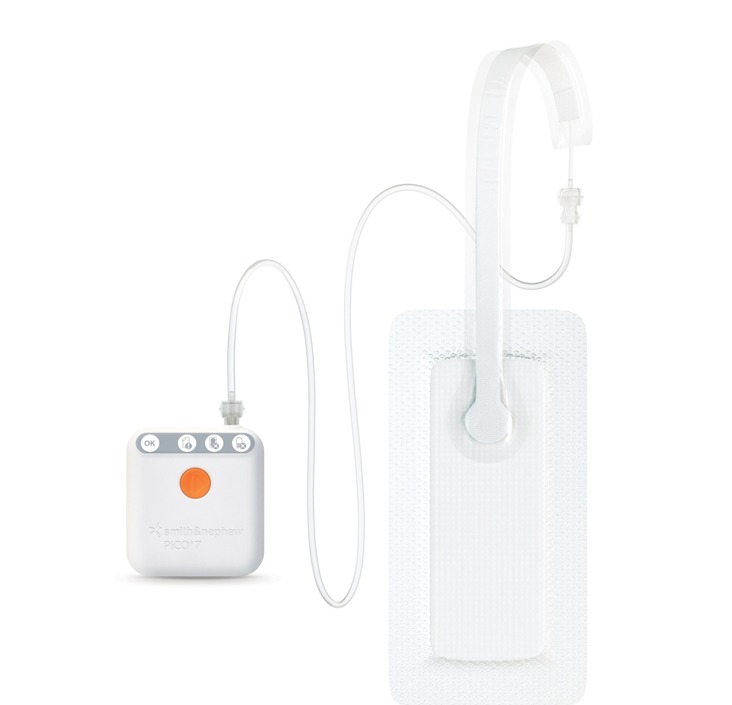
Key patient risk factors include a high BMI, diabetes, renal insufficiency and smoking.
NICE concluded that PICO sNPWT is associated with fewer SSIs and seromas compared with standard wound dressings across several types of surgery. Cost modelling suggests that compared with standard wound dressings, PICO sNPWT provides extra clinical benefits at similar overall cost to the NHS. For some types of surgery, PICO sNPWT is cost saving.
When making its recommendations, NICE considered a review of 31 studies, 15 of which were randomised controlled trials. A supporting meta-analysis showed that PICO reduced the risk of SSIs by 63%, the risk of seroma by 77% and the risk of dehiscence by 30%.3 Significantly, it also showed there was an almost 2-day reduction in length of hospital stay, providing substantial cost savings and efficiency gains across the healthcare system.
“Surgical site complications are an increasing concern for healthcare providers and patients,” said Simon Fraser, President, Advanced Wound Management, Smith & Nephew. “NICE’s recognition of the proven impact PICO can make on both clinical outcomes and cost efficiencies will hopefully challenge existing standards of care around the world.”
The PICO sNPWT dressing includes a proprietary AIRLOCK Technology layer that uniformly and consistently delivers sufficient NPWT across a surgical incision and the surrounding zone of injury. This unique feature is designed to help reduce the risk of wound complications by reducing post-operative fluid and tension around a closed surgical incision, when compared with standard dressings. The combination of these actions helps reduce the risk of surgical wound dehiscence and SSIs, the two most common surgical site complications.
Source: Company Press Release



